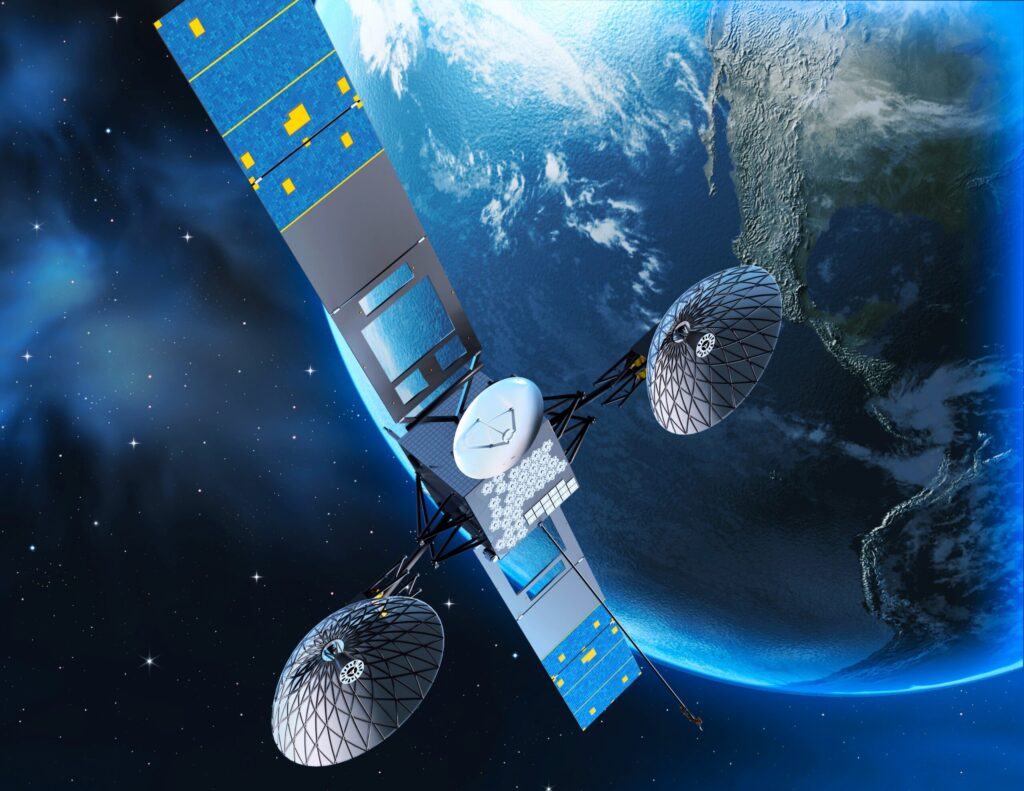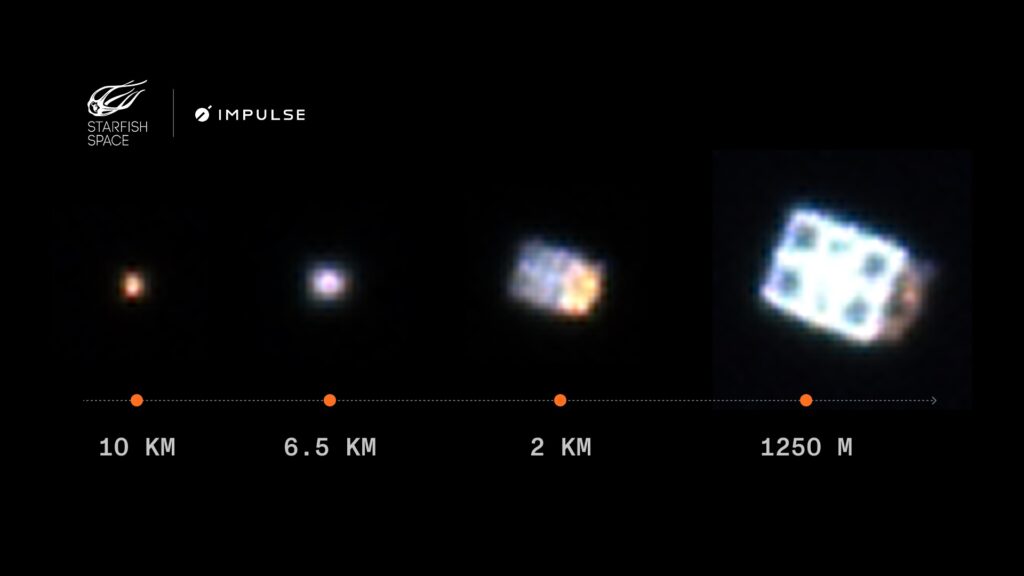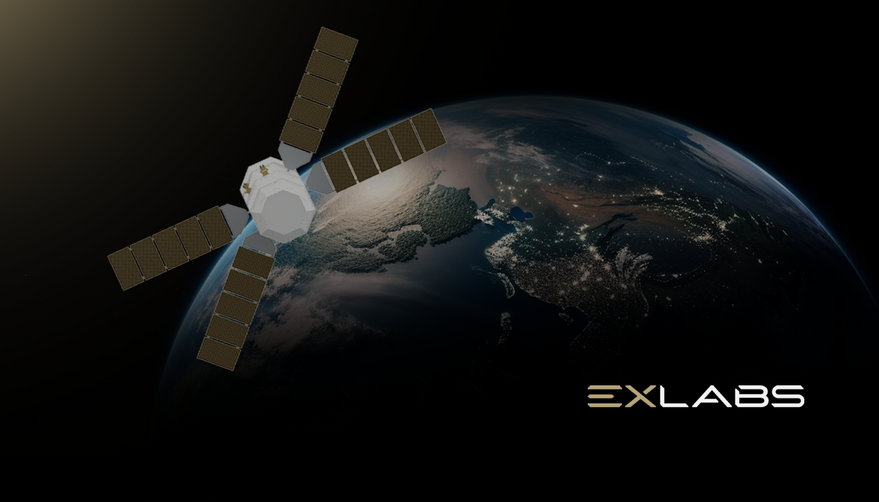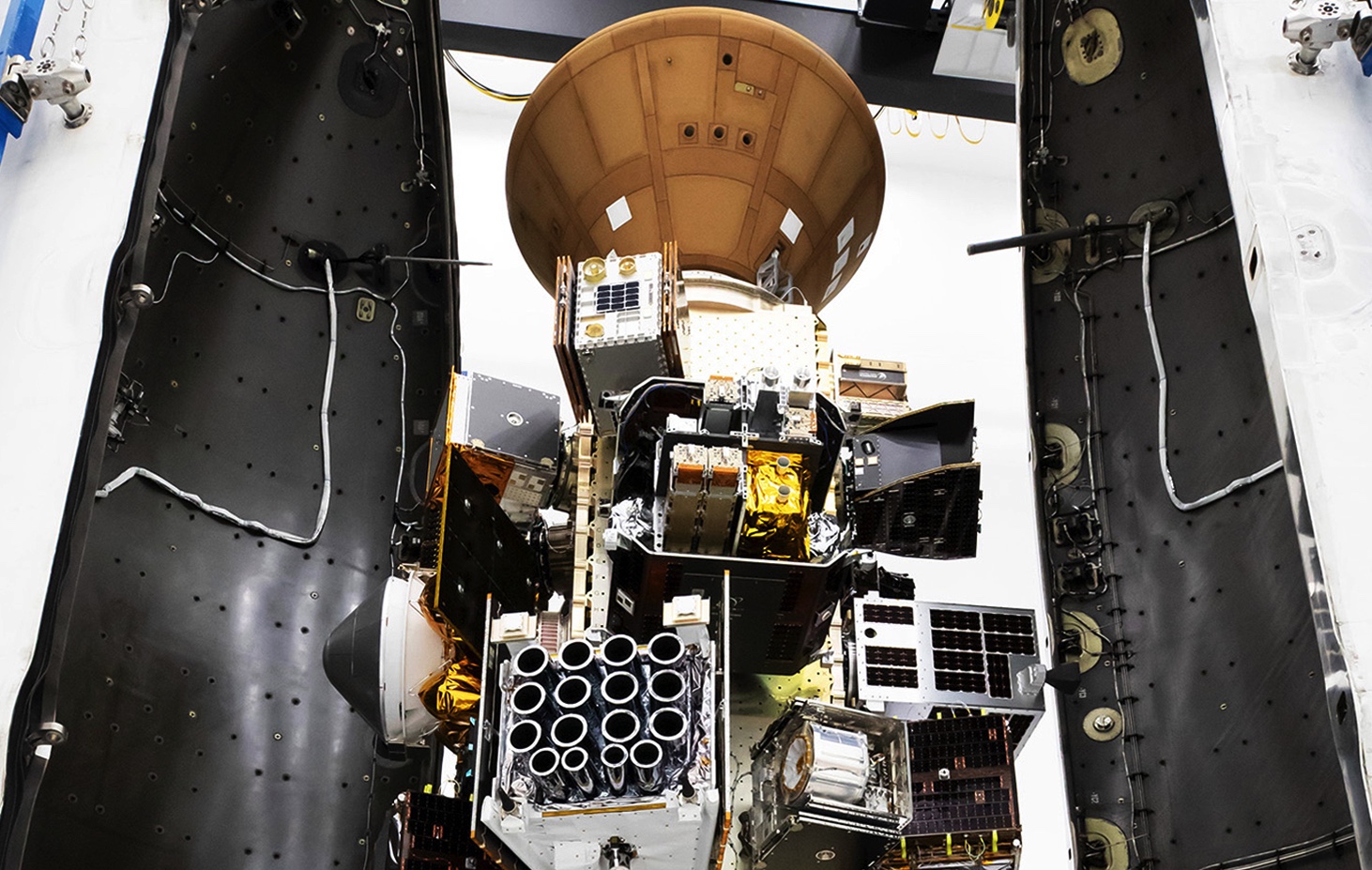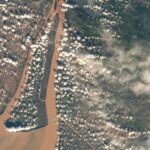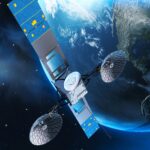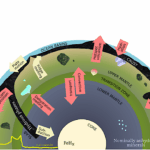Now Reading: China and U.S. take initial steps toward space-traffic coordination
-
01
China and U.S. take initial steps toward space-traffic coordination
China and U.S. take initial steps toward space-traffic coordination
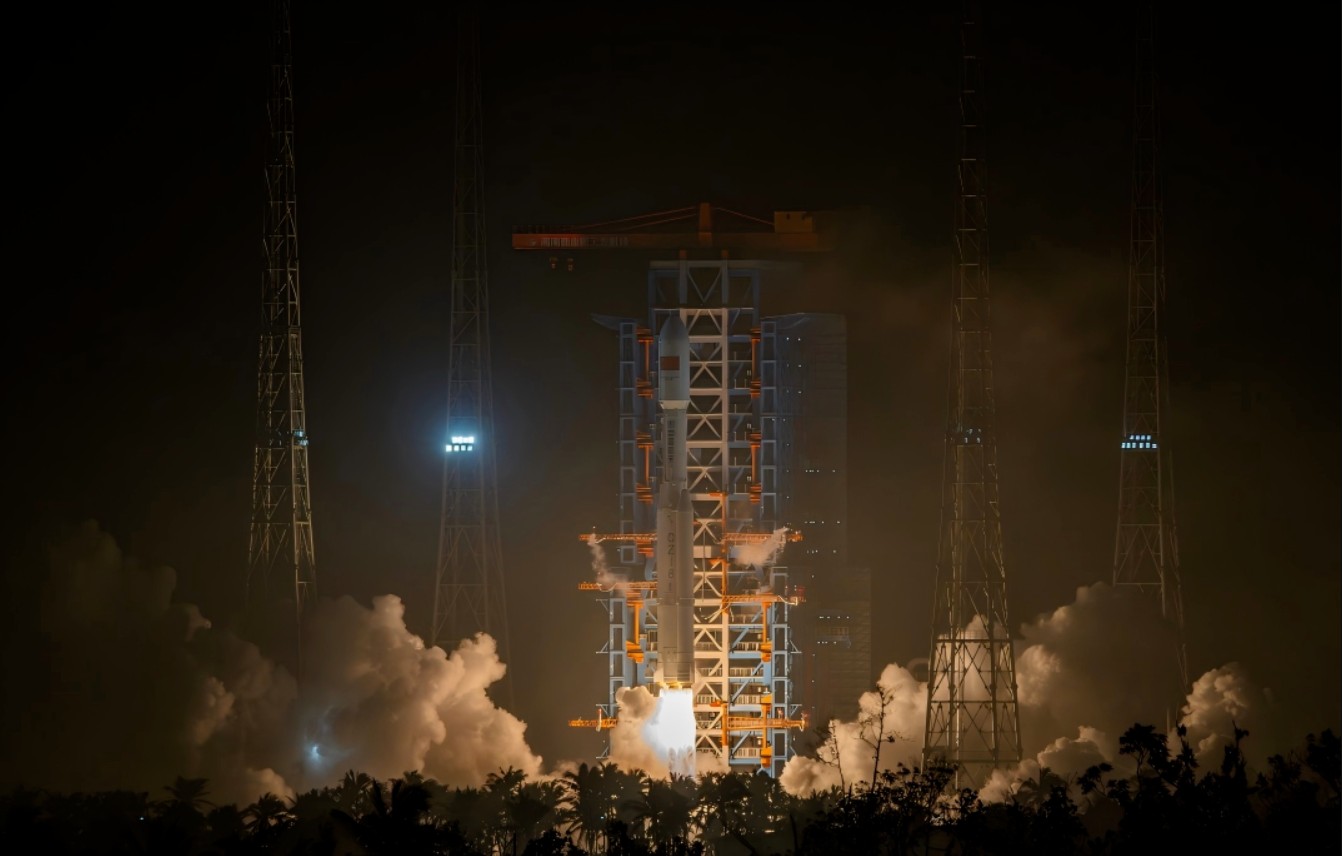

SYDNEY, Australia – Yesterday, the China National Space Agency (CNSA) contacted NASA about a potential on-orbit collision.
The CNSA message read, “We would like to recommend you hold still and we’ll do the maneuver,” Alvin Drew, NASA Space Sustainability director and former astronaut, said Oct. 2 at a panel on space sustainability at the International Astronautical Congress here. “That’s the first time that has ever happened.”
After decades of operating satellites alongside one another with very little communication, China, one of the world’s most prolific launching states, is beginning to share information with western space powers.
While CNSA sent “a simple email,” its significance was great, Drew told SpaceNews. “It’s the first time we’re actually getting two-way communication between these two public space operators.”
Commercial Coordination
Messages also are starting to be shared between Chinese and western commercial satellite operators.
“I know for a fact that OneWeb has been contacted by a Chinese constellation to talk about where they’re going,” Darren McKnight, senior technical fellow for LeoLabs, said during a Sept. 29 technical session on space sustainability. “SpaceX also has been contacted by a Chinese constellation.”
Recent action by CNSA and commercial satellite operators to discuss spacecraft maneuvers “tells me there is a coordinated signal coming from someone in China,” Drew said. “Somebody is saying, ‘Yes, you can talk to them. Yes, you can coordinate with them.’”
Adjacent Megaconstellations
These communications are occurring at a critical time for satellite operators. Chinese companies plan to establish the 13,000-satellite Guowang internet-of-things constellation and the 15,000-satellites Qianfan or Thousand Sails broadband constellation. SpaceX’s Starlink broadband constellation could include as many as 42,000 satellites and Amazon intends to send 3,236 broadband satellites into Project Kuiper.
The growing number of megaconstellations destined for low-Earth orbit will require “real-time information sharing across all of our agencies,” Drew said. “We are seeing the first steps.”
It’s not yet clear how information will be shared. But organizations like the International Astronautical Federation (IAF) and the International Academy of Astronautics (IAA) can help, said McKnight, a member of the IAA Space Debris Committee.
“I’ve done a lot of work before on what we call track-two diplomacy, working with folks in IAA and IAF to come up with ideas that might percolate up to the solutions the government will end up using in the future,” McKnight said.
A Near Miss
In the past, communication between CNSA and NASA has been extremely limited due in part to the Wolf Amendment, which prohibits NASA from funding work with China without congressional and FBI approval.
“Although we’re making progress, for years our ability to communicate with the Chinese National Space Agency has been extremely crude,” Drew said. “When we had a conjunction, we would send a note to the Chinese saying that we think we’re going to run into you. Hold still, we’ll maneuver around you.”
Often there was no reply, Drew said. It was never even clear if the messages were received.
“Once we did maneuver both at the same time and fortunately we missed,” Drew said. “We’ve come a long way.”
Stay Informed With the Latest & Most Important News
Previous Post
Next Post
-
 012024 in Review: Highlights from NASA in Silicon Valley
012024 in Review: Highlights from NASA in Silicon Valley -
 02Panasonic Leica Summilux DG 15mm f/1.7 ASPH review
02Panasonic Leica Summilux DG 15mm f/1.7 ASPH review -
 03From Polymerization-Enabled Folding and Assembly to Chemical Evolution: Key Processes for Emergence of Functional Polymers in the Origin of Life
03From Polymerization-Enabled Folding and Assembly to Chemical Evolution: Key Processes for Emergence of Functional Polymers in the Origin of Life -
 04How New NASA, India Earth Satellite NISAR Will See Earth
04How New NASA, India Earth Satellite NISAR Will See Earth -
 05And Thus Begins A New Year For Life On Earth
05And Thus Begins A New Year For Life On Earth -
 06Astronomy Activation Ambassadors: A New Era
06Astronomy Activation Ambassadors: A New Era -
07SpaceX launch surge helps set new global launch record in 2024












